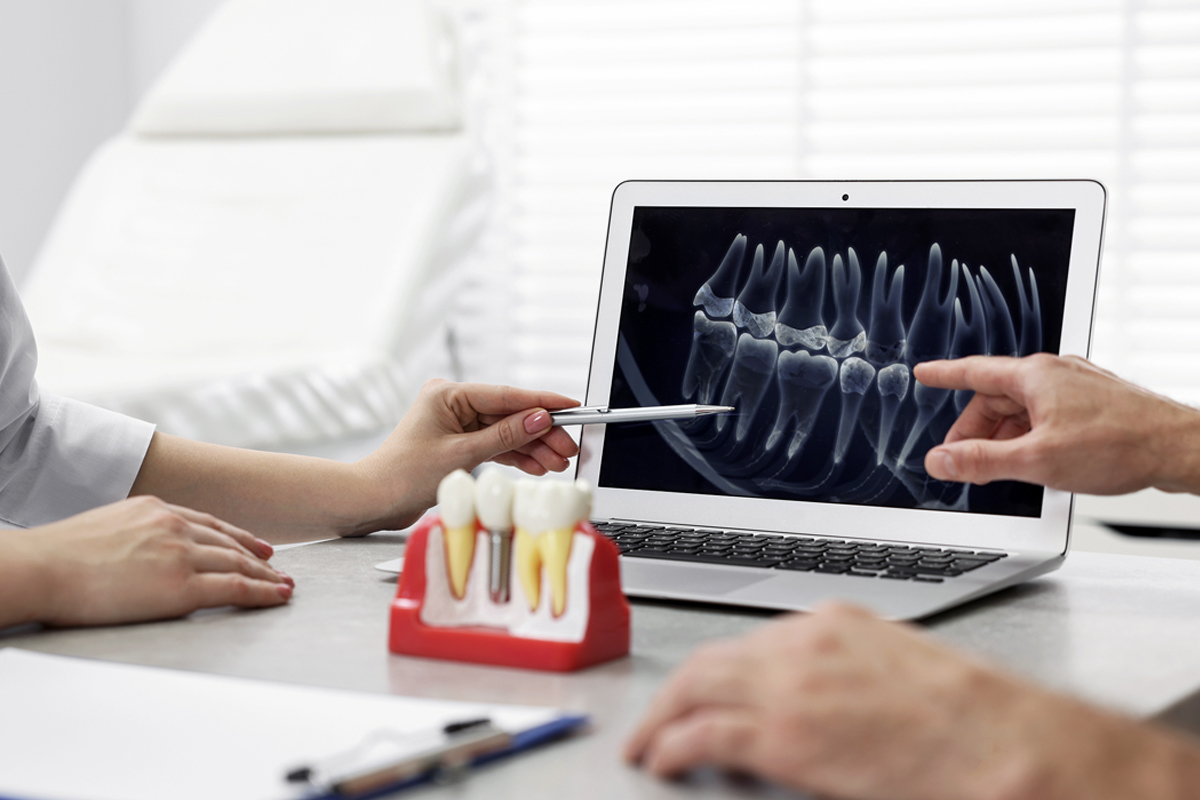Bone grafting plays a crucial role in the success of dental implant procedures, especially in cases where there is insufficient bone structure to support the implant. However, not all bone grafting materials are created equal. We will explore the various options available for bone grafting materials, highlighting their origins, benefits, and why a dentist might choose one over another.
1. Autografts
Autografts are bone grafting materials harvested from the patient’s own body, typically from areas such as the hip, chin, or jaw. One of the primary advantages of autografts is their compatibility with the patient’s body, reducing the risk of rejection or allergic reactions.
Additionally, autografts contain living bone cells, which promote faster healing and integration with the surrounding bone tissue. However, the harvesting process can be invasive and may result in additional discomfort for the patient.
2. Allografts
Allografts are bone grafting materials sourced from human donors. These grafts undergo rigorous processing to remove all cellular components while retaining the bone’s structural integrity. Allografts offer the advantage of availability and eliminate the need for additional surgery to harvest bone from the patient’s body. However, they may pose a slight risk of disease transmission, although stringent screening protocols minimize this risk.
3. Xenografts
Xenografts are bone grafting materials derived from animal sources, typically bovine or porcine. These grafts undergo extensive processing to remove all organic components, leaving behind a mineral scaffold that facilitates new bone growth. Xenografts offer excellent biocompatibility and structural stability, making them a popular choice for dental implant procedures. However, some patients may have ethical or religious objections to the use of animal-derived materials.
4. Synthetic Grafts
Synthetic bone grafting materials are man-made substances designed to mimic the properties of natural bone. These materials often consist of biocompatible materials such as calcium phosphate or hydroxyapatite. Synthetic grafts offer the advantage of consistent quality and availability, with no risk of disease transmission. However, they may not promote as robust bone regeneration as natural grafting materials.
When it comes to selecting the right bone grafting material for your dental implant procedure, there is no one-size-fits-all solution. Each option has its own unique advantages and considerations, and the choice will ultimately depend on factors such as the patient’s individual needs, the complexity of the procedure, and the dentist’s expertise. By understanding the different options available, patients can make informed decisions and embark on their journey to a healthier smile with confidence.
